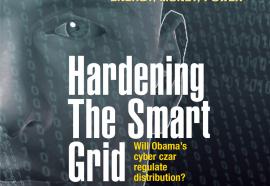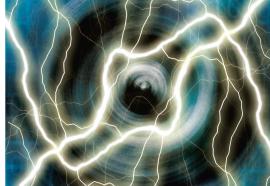Bench Report: Top Ten Legal Decisions of 2011
1. ‘Policy’ Guides the Grid; 2. Carbon Not a Nuisance (Yet); 3. Gigabucks for Negawatts; 4. A MOPR, Not a NOPR; 5. Ramp Up the Frequency; 6. Cap-and-Trade Still Lives; 7. Cyber Insecurity; 8. Korridor Killer; 9. The Burden Not Shared; 10. Ozone Can Wait.











